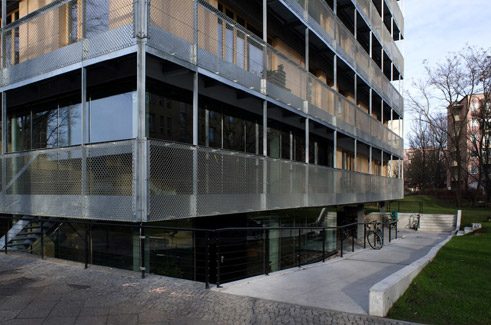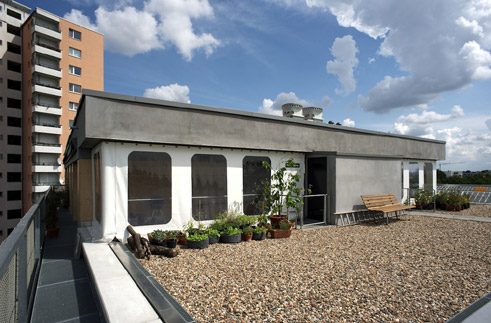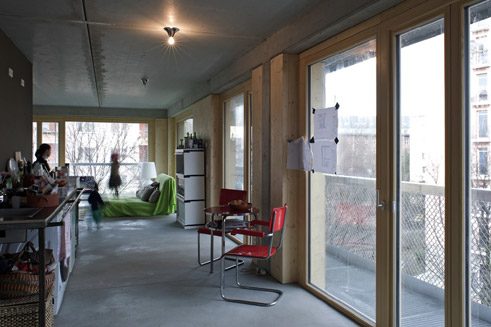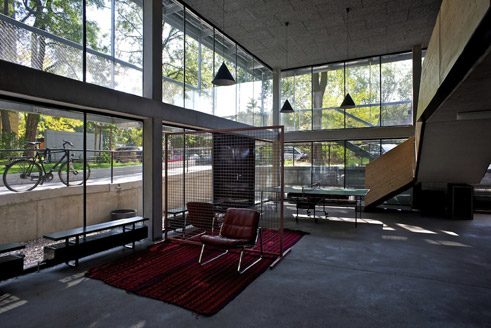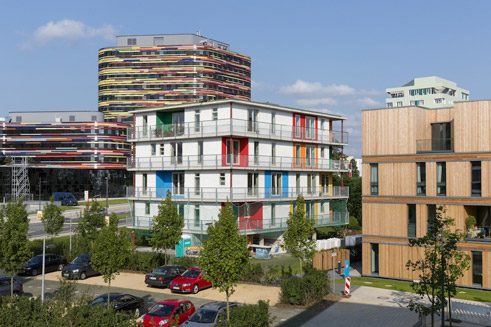Social Architecture
Community-oriented, economical and robust
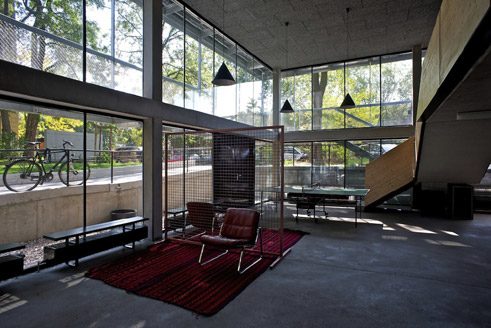
Christoph Schmidt of the Berlin architects’ group ifau – Institut für angewandte Urbanistik (i.e. institute for applied urban studies) explains what constitutes social architecture and why laundry rooms and DIY construction projects play an important part in it. Ifau has been working in a range of interdisciplinary constellations in architectural and urban planning projects since 1998.
Herr Schmidt, what do you mean by social architecture?
It’s about making possible a diversity of urban community forms through the shaping of private and public spaces. Concretely, it’s primarily about three things: first of all, affordable housing. Public housing and politically supported urban planning contribute to preventing social displacement and segregation.
Second, participation and appropriation play a crucial role. This means: no “planning from above,” but instead the ideas and needs of users and local stakeholders must be included from the get-go. This in turn involves organising spaces for exchange and communication. In a neighbourhood this would be, for instance, youth and family centres, community libraries or gardens, as well – places where one can hang out without having to consume anything. In a block of flats that might be a common laundry room where people enjoy hanging out and socialising. Instead of sacrificing a square metre for a washing machine in each individual flat, this basic service could be organised on a community basis. Add an espresso machine and you have a solid foundation for a community space that is suited for everyday use.
Third: Part of the architects’ job is to meet the demands of a complex society. Therefore, enabling spatial adjustments as the demographic shift requires, for instance. For this one need not always build from scratch. Lots of older people who live as singles in flats that are too large for them are willing to move into a smaller one. But they must be located only in their accustomed living environment. For this offers must be made available, and this has to be organised.
It is clear that in order to implement all this, binding goals, competent brokering and engagement on the part of all stakeholders: planners, municipalities, developers, investors and the local public are all needed.
Where do you see successful socially engaged architecture?
The project “Grundbau und Siedler” (Basic Building and DIY Builders/ Settlers) in Hamburg-Wilhelmsburg, completed in 2012, is an example. The design principle of BeL-Architekten of Cologne was to create low-cost housing through DIY construction. The residents were provided with a technically developed precast ferro-concrete frame that they then fit out step by step on their own and could shape the floor plans flexibly, in accordance with their wishes.
The Berlin project Spreefeld also combines quality and affordable living space – and that on the coveted banks of the Spree. Community spaces play an important part in the three buildings with 44 flats that the building and residential cooperative Spreefeld has erected. At the same time, the co-op organisational form is a good model for securing this socially engaged project over the long term.
“Living together economically” is the aspiration of the project by Baugemeinschaft (i.e. building co-op) R50 in Berlin-Kreuzberg. Your agency ifau and Jesko Fezer planned the building, which was completed in 2013, in cooperation with the firm Heide & von Beckerath Architekten. What are your experiences?
We realised the building with six storeys and 19 flats step by step in numerous voting sessions with all residents. A ferro-concrete frame construction, stripped down to essentials, robust and simple, with partially open infrastructure, a wood facade with modular structure as well as storey-specific “galleries” – instead of balconies – enable flexible floor plans. The two-storey community room and the roof terrace with summer cooking facilities are an added value for which the house community had intentionally decided upon and is being jointly financed and organised. People meet up regularly in the community room, party – it’s also available for homework support for children from the neighbourhood.
What should policy-making for social architecture look like?
Involvement and participation, robust, flexible-use spaces, experimental approaches to economical and at the same time high-quality construction, forms of ownership and financing such as co-ops and heritable lease rights have positive effects on social equity in cities. This has long been the consensus among planners, architects, urban theorists – and increasingly city politicians. What is missing is the transfer of these principles to the practical level of the municipalities and housing agencies.
One concrete step would be to greatly expand the use of instruments such as cooperative construction site development and urban development contracts. In this way, cities would set a quota of up to 50 percent for rent- and occupancy-controlled housing units; involve local initiatives in planning and developmental processes, and investors in the costs of social infrastructure.
